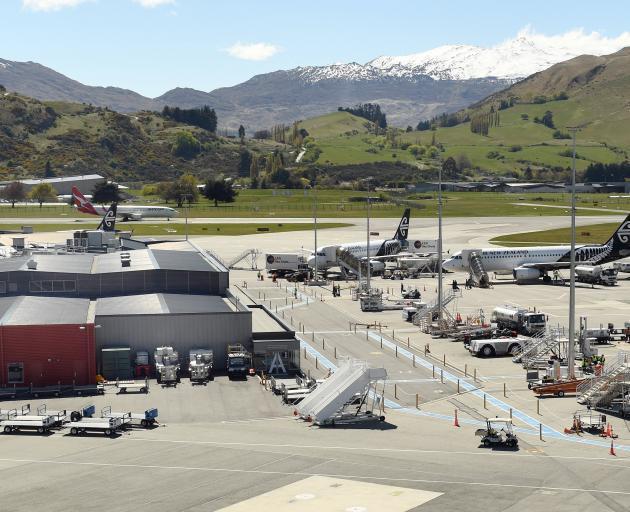
When announcing the "Tourism Communities: Support, Recovery and Re-set Plan" in Christchurch last week Tourism Minister Stuart Nash made it clear a back to the future approach will not do.
It was heartening to hear the minister quote from the Parliamentary Commissioner for the Environment’s reporting on tourism that business as usual growth has the potential to undermine the very thing the tourism industry is based on — the quality of our natural environment.
In his speech, Mr Nash acknowledged that before the Covid-19 pandemic "most of us knew that tourism had been operating unsustainably for a number of years".
Tourism was losing its social licence with New Zealanders because of its effect on crowding, noise, waste, climate change, infrastructure usage and the natural environment, he said.
The pandemic gave tourism "a very rare opportunity to reimagine tourism under a far more sustainable and regenerative model", an opportunity which must be seized with both hands.
The package includes $20million for the Queenstown Lakes area to encourage diversification, with the minister mentioning the possibilities for a film studio and a digital innovation hub.
(Later in the week Mr Nash had more good news for Queenstown [and cyclists] — $6.745million for the Queenstown Trails realignment. He expects the improved trail to attract 65,100 more recreational users by 2033 and that the project itself will involve about 28 full-time jobs each year over the five-year build.)
Part of the package is a $49million kick-start fund to support businesses that have gone into hibernation or suspended their operations, providing for them to receive grants to help them re-open and resume trading once international visitors return.
It is not clear yet how this will be delivered, and we would hope that the money is not used to support businesses which, to put it bluntly, might be better left in mothballs because they do not fit the new sustainability focus.
Offering such support in a rigorous, fair way without an unreasonable amount of bureaucracy may prove challenging.
The announcement also included $15million for implementing the findings of the Milford Opportunities Project, the group which has been developing a master plan for Milford Sound-Piopiotahi since 2017.
The plan is to be released next month and although details of what we can expect have not been released, Mr Nash is adamant there will be no prolonged talkfest after that and that he wants action in the next two years.
Tourism cannot return to its pre-Covid state there, he says, where the significant pressure from 870,000 tourists annually threatened cultural and environmental values and infrastructure in Fiordland National Park and impacted on the visitor experience.
The package announced by Mr Nash, worth a total of $200million nationally, has had a positive reception from the tourism industry.
The future of international tourism, apart from Australia and the Cook Islands, is still hazy. The pandemic is far from shuddering to a halt and there is a long way to go before vaccination against the disease becomes commonplace throughout the world.
The downturn could turn out to be a much longer haul than anyone wants or expects it to be.
We agree with Mr Nash, the opportunity to make real change in the sector cannot be wasted. However, the way ahead will not be easy, and all involved will have to heed the call for government, councils, iwi, business and tourism communities to work together if there is to be any chance of a successful re-set in such uncertain times.












